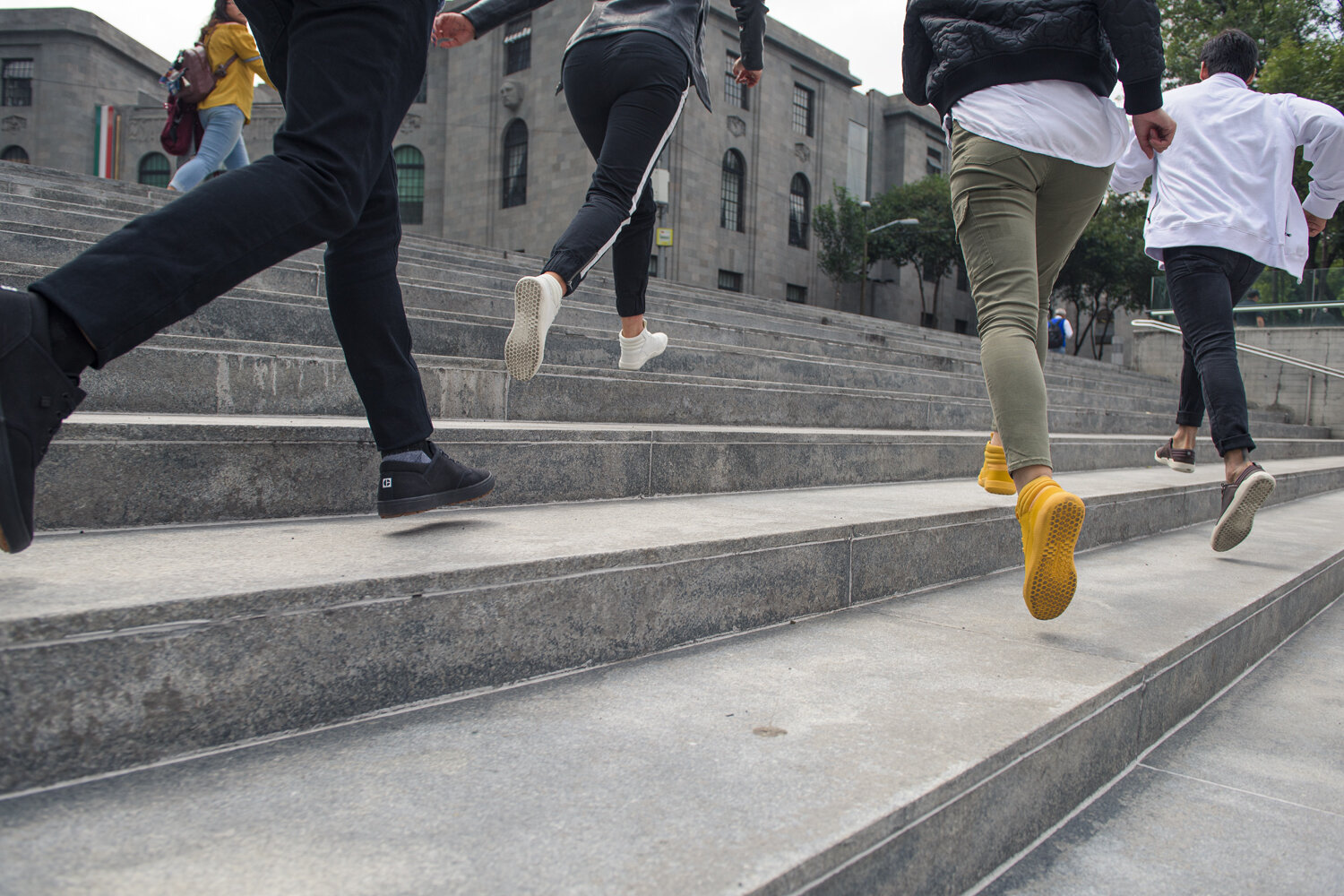Documenting the Power of Religion in Mexico
Producing the Series ‘Mexico Discoveries’ for World Nomads
Mexico Celebrates the Ancient and Modern
As part of our production services in Mexico for World Nomads, WhereNext shot a series of videos in different locations. The resulting series – "Mexico Discoveries" – documents some of the extraordinary cultures, modern trends, ancient beliefs, and historical traditions that make up modern-day Mexico. We filmed with the living Mayans of the Yucatán Peninsula, mezcal distillers in the rugged canyons of Oaxaca, and transgender Lucha Libre wrestlers in the bustling heart of Mexico City.
Assignment: Examining the Power of Religion
We were filming in the Mexican capital during the annual Festival of the Virgin of Guadalupe, so we shot a short video examining the power of religion in Mexico, specifically the intense faith and devotion exhibited by devotees of the Virgin. Our host, Patrick Abboud, is open about his mistrust of institutionalized religion, making for a thoughtful and engaging look at the meaning of faith for millions of people in Mexico and around the world.
The History of the Virgin of Guadalupe
The Most Visited Catholic Pilgrimage Site in the World
The history of the Virgin of Guadalupe goes back almost 500 years. She first appeared before Juan Diego Cuauhtlatoatzin, an Indigenous man living in the city of Cuauhtitlan, in 1531. She spoke to Juan Diego in his native Nahuatl language, identifying herself as the Virgin Mary. She subsequently appeared to Juan Diego four more times, and once more to his uncle, Juan Bernadino.
During these apparitions, the Virgin cured Juan Bernadino of a grave illness that had him on his deathbed. An image of the Virgin appeared on Juan Diego's cloak; the same cloak is now enshrined within the Basilica of Our Lady of Guadalupe in Mexico City. Today, the Basilica is the most visited Catholic pilgrimage site in the world and the third most visited sacred site in existence. Juan Diego became the first Indigenous Catholic Saint from the Americas.
A pilgrim carrying a statue of the Virgin of Guadalupe during a street parade in Mexico City. The Virgin has been called the “first mestiza.”
The ‘First Mestiza’
The Virgin is now the Patron Saint of Mexico and has become one of the country's most famous symbols. However, her significance cuts much deeper into the heart of Mexican identity than many people know. Far from being just a symbol of the Catholic religion, she represents the mixture of cultures that form modern-day Mexico – she has been called "the first mestiza," and even "the first Mexican." It has also been argued (by Patricia Harrington in her article "Mother of Death, Mother of Rebirth: The Virgin of Guadalupe" in the Journal of the American Academy of Religion), that the Virgin represented a way for the conquered Aztecs to make sense of their lives and their position in New Spain. As you can see from this small slice of her history, the Virgin of Guadalupe means many different things to many different and diverse groups of people.
Filming the Festival of the Virgin in Mexico City
The Struggle of Faith vs. Sexuality
Patrick Abboud, the host of the 'Mexico Discoveries' series, opens the video by explaining his mistrust of organized religion. While he tries not to judge people for their beliefs, he is candid about the pain that religion caused him. He lays out how his struggle with his sexuality and his attempts to reconcile faith and sexuality is at the heart of his feelings about the institution of religion. Yet, throughout our series of videos, Patrick has shown himself to be an empathetic, engaged person, unafraid to be confronted with new ideas and even to change his mind. His experiences at the Festival cause him to rethink his existing prejudices about religion.
Patrick openly reconciles his feelings toward organized religion.
Transcending Religion
Patrick wanders through the flowing crowds of worshippers who flock to Mexico City every year to pay their respects at the Basilica (almost 8 million pilgrims make this annual journey, swelling the population of an already crowded city). He marvels at the Virgin's followers' devotion, some of whom are crawling through the thronged streets to pay their respects and thank the Virgin for miracles. At first, he finds these intense displays of commitment hard to understand, and even painful, as he recalls his struggles with faith and acceptance.
Yet, as he approaches the Basilica and talks to the pilgrims, his perspective gradually begins to change. He learns more about how the Virgin transcends institutionalized religion and what she means for Mexican identity and people of Indigenous heritage. He sees the underlying happiness in people's struggle and their journey and senses the celebratory core at the heart of this Festival.
Challenging Perceptions Through the Magic of Travel
Patrick ends the video with very different feelings to how he began it. He acknowledges that he had gone into the Festival with his judgment already made, but that by experiencing it firsthand and meeting the pilgrims in person, his perception had changed. This short video captures the magic of travel and exploring new cultures: it's only by visiting new places, meeting different people, listening to their stories, and trying to understand them, that we learn and grow as human beings. While filming a travel video series in Mexico, Patrick faced his own judgments head-on and came to a new understanding of himself and the culture of Mexico.
Talk to Us
If you'd like to learn more about our production services in Mexico, you can contact us here.











Read about the journey which led to the creation our production company in Mexico. WhereNext’s founder Gregg Bleakney cycled the length of Mexico, in four months, during the course of his two-year marathon traverse of the Americas, from Alaska to Patagonia.